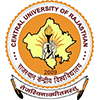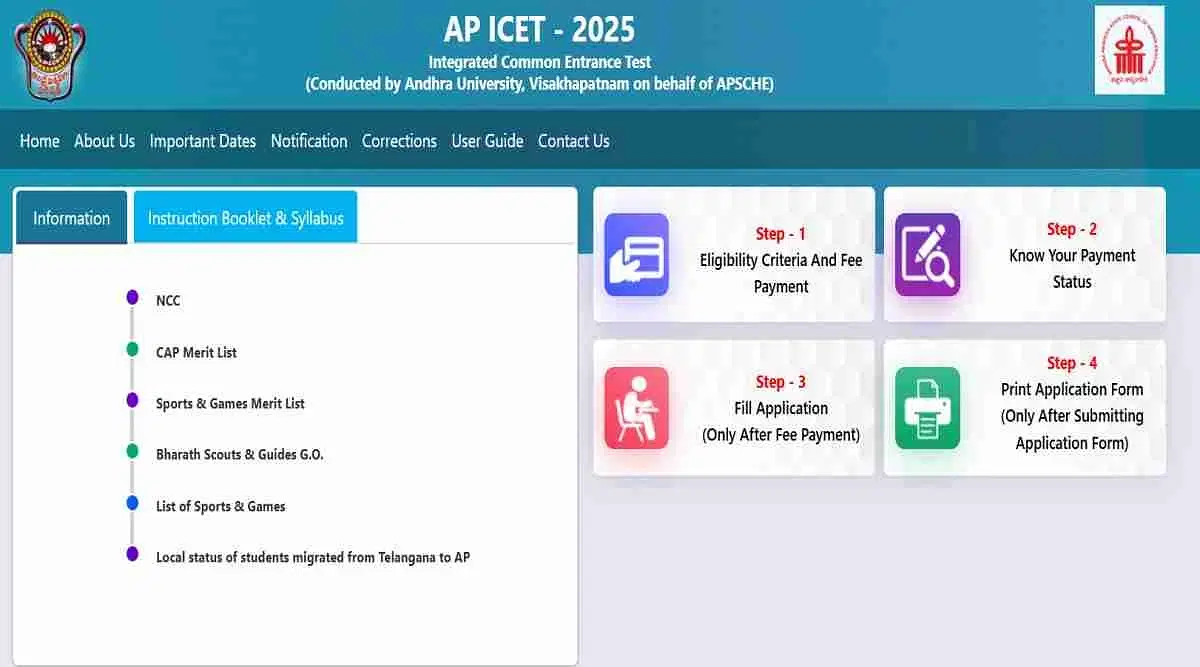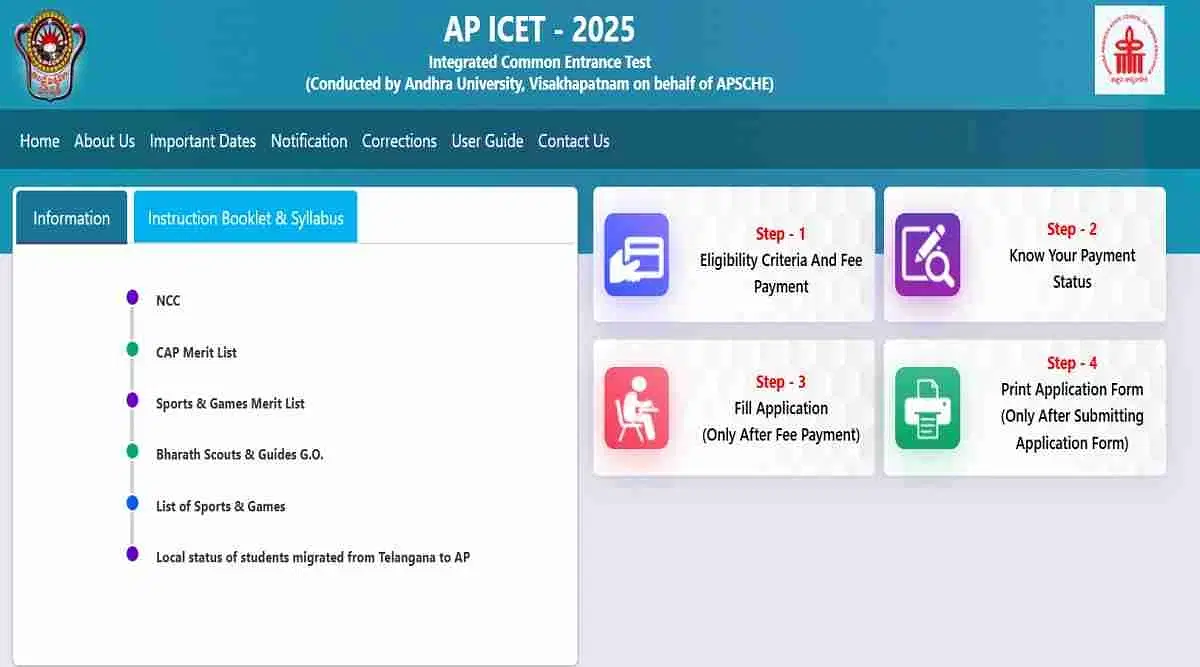What is a good SNAP score? A good attempt of approximately 80% of questions with 85-90% accuracy is considered a good score in SNAP. A score between 42-49 out of 60 is often considered as the 95th percentile and above.
Table of Contents
What is a Good SNAP Score in 2025? Aiming for a score above 45 out of 60 is considered to be a good score and the majority of prestigious institutions because it corresponds with previous percentile cutoffs of 95+ for elite Symbiosis colleges. The Symbiosis National Aptitude (SNAP) Test is a prominent management entrance exam in India, taken by thousands of students aspiring to join MBA programs at the various Symbiosis Institutes.
As competitive exams go, understanding the scoring system and how scores convert to percentile rankings is crucial for applicants. In 2024, with heightened competition and evolving SNAP exam pattern, determining a "good" SNAP score can make a substantial difference in admissions outcomes.
Good SNAP Score in 2025
In determining what counts as a "good" SNAP score, it’s essential to understand that the score target depends on the institute you are aiming for. Here’s a general breakdown:
- Top Institutes (e.g., SIBM Pune, SCMHRD Pune):
- For top-tier Symbiosis institutes, you’ll generally need to score in the top 10 percentile.
- A score between 42-49 out of 60 has often translated to the 95th percentile and above, which is a safe zone for these prestigious institutes.
- Aiming for 46+ is a good benchmark for a competitive edge for SIBM Pune or SCMHRD Pune.
- A score that translates to the 80th-90th percentile is typically enough for these institutes.
- This means scoring in the range of 35-40 out of 60 in recent exams could yield a percentile in this range.
- Mid-tier institutes are more flexible, so achieving a strong percentile in the 80s can be considered good for these programs.
- Lower percentile thresholds of 70-80 are often acceptable for other institutes in the Symbiosis network.
- For these, a score of 30-35 out of 60 could potentially secure a spot.
Also Read: Mistakes to Avoid While Preparing for SNAP
Factors Affecting SNAP Score Benchmarks
Several factors make SNAP scoring dynamic from year to year. Here are some key factors to keep in mind:
- Difficulty Level: Each year’s SNAP test may vary in difficulty. In more challenging years, lower scores may yield higher percentiles.
- Number of Test Takers: Higher participation can lead to a broader range of scores, affecting percentile rankings. Increased number of test takers has led to increased competition making the level of SNAP even more difficult.
- Performance Distribution: If many candidates score similarly, the percentile spread can become compressed, making small score differences impactful.
- Sectional Performance: Even though SNAP doesn’t have sectional cutoffs, doing well across all sections can positively impact your overall score and percentile. Consistent performance can often yield a stronger overall percentile than a sectional imbalance.
- Changes in the exam pattern: SNAP occasionally appears with some tweakings in the structure which can affect the SNAP score as it can shift preparation strategies and scoring patterns.
- General awareness section: General awareness is an unpredictable section which fluctuates with its level of difficulty every now and then. This particular section can affect the score to an extremity.
- Unpredictable external factors: Factors which one cannot predict and control can also have an affect on the SNAP score. For eg. change in exam date, pandemic etc.
Also Read: How to Pass SNAP in the First Try?
Understanding the SNAP Scoring System
SNAP consists of multiple-choice questions across different sections, usually covering topics like General English which includes Reading Comprehension, Verbal Reasoning and Verbal Ability; Analytical and Logical Reasoning, and Quantitative, Data Interpretation & Data Sufficiency. In total, there are 60 questions amongst which the division is 15 questions, 25 questions, and 20 questions, respectively. The scoring structure is relatively straightforward:
- Each correct answer earns a +1 mark
- Incorrect answers may incur negative marks of 25% (-0.25) of the mark.
- The total score is cumulative, with most recent SNAP exams out of 60 marks, though this may vary year by year. A good snap score lies between 41-43 marks which is 99 - 99.5 percentile.
Also Read: Top 10 MBA Colleges Accepting SNAP Score 2024
SNAP Score vs. Percentile
In the SNAP exam, the score is calculated based on the number of correct answers, with negative marking for wrong answers. The total score is usually scaled according to the difficulty level of the exam and the number of candidates who appear.
SNAP Score Calculation:
- The total SNAP score is calculated out of 60 marks.
- The exam consists of 60 questions (1 mark per question).
- Negative marking: 0.25 marks for every wrong answer.
Percentiles are calculated using the following formula:

Approximate SNAP Score vs Percentile 2025 (Predicted)
Students must be clear on SNAP Score vs Percentile 2024 in order to calculate their results. Below is an approximate estimate of how SNAP scores might correlate with percentiles based on past trends.
Please Note: These numbers may vary slightly depending on the difficulty of the exam and the number of candidates.
| SNAP Score | Estimated Percentile |
|---|---|
| 55 - 60 | 99+ |
| 50 - 54 | 97-99 |
| 45 - 49 | 94-97 |
| 40 - 44 | 90-94 |
| 35 - 39 | 85-90 |
| 30 - 34 | 80-85 |
| 25 - 29 | 70-80 |
| 20 - 24 | 60-70 |
| Below 20 | Below 60 |
Tips for Achieving a Good SNAP Score
Achieving a good SNAP score requires strategic preparation, smart time management, and consistent practice but more than anything it requires understanding of the exam well. Here are some practical tips for SNAP aspirants in 2024:
- Understand the Exam Pattern Thoroughly: SNAP tends to have a predictable format, but small variations may appear. Familiarize with any pattern changes, especially the number of questions and marking scheme. Understanding the exam means going through the concepts required in the exam and having a knowledge of where you stand in concept clarity. Frequently repeated questions are also of the pointers that should be forced upon.
- Focus on High-Scoring Areas: Prioritize the strongest section which can increase the score. General English and Analytical & Logical Reasoning are typically high-scoring sections if you are well-prepared.
- Balance Speed and Accuracy with timing: SNAP is a time-bound exam, so time management is crucial. Make sure to attempt questions you are confident in to maximize your score, and avoid the negative marking by skipping doubtful questions. Also, try to give time to the questions which you are sure about as it will help increase speed and it will save time for the end where one can pay attention to the unattended questions.
- Practice with Mock Tests: Mock tests simulate the exam environment and help you gauge your current performance. Mock tests help you practice the questions which are based on the actual paper pattern leading to focus preparation. Aim to score above your target score consistently in mocks to build confidence. Analyze mistakes thoroughly after each mock to improve weak areas.
- Analyze Percentiles of Previous Years: Reviewing previous years’ scores and percentile cutoffs for your target institutes can help set realistic score benchmarks. This gives you a clear understanding of the competitive landscape.
- Previous year questions practice: This is the second crucial tip to take care of, right after understanding the exam pattern. Practicing previous year questions helps a candidate to understand the previously followed exam pattern, difficulty level, topics which are given the most importance, way of presenting the question and so much more. It gives a precise picture of the exam syllabus.
Conclusion: Setting a Target SNAP Score in 2024
To summarize, a good SNAP score is subjective, varying based on the target institute and individual goals. For most top institutes, aiming for a score above 45 out of 60 is advisable, as it aligns with past percentile cutoffs of 95+ for top-tier Symbiosis colleges. For other institutes, a score around 35-40 could translate to a percentile between the 80th and 90th, which remains competitive.








![Symbiosis Institute of Digital and Telecom Management, [SIDTM] Pune](https://media.getmyuni.com/azure/college-image/small/symbiosis-institute-of-telecom-management-sitm-pune.jpg)





































POST YOUR COMMENT